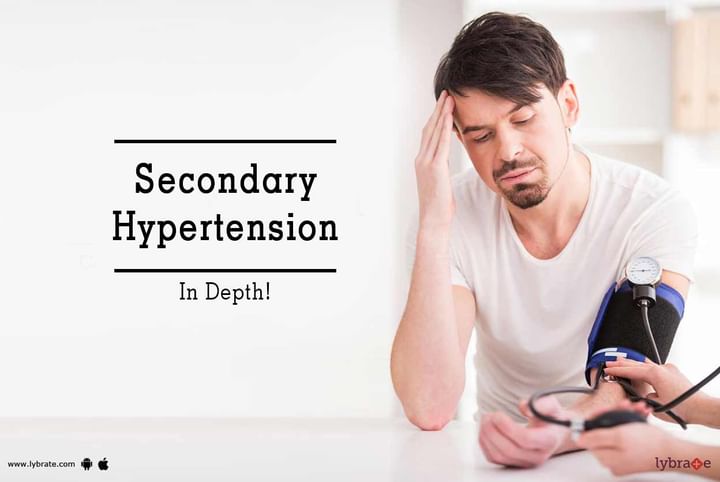Secondary Hypertension - In Depth!
Secondary hypertension is also known as secondary high blood pressure. This is the condition where blood pressure rises as an effect of other medical conditions. The condition can be related to the endocrine system, kidneys, or cardiac issues. Secondary hypertension can also happen during pregnancy.
Causes -
The basic difference between secondary hypertension and primary hypertension is the cause. Primary hypertension is linked to risk factors like obesity, genes, and age. When hypertension is caused by another medical condition, it comes under secondary hypertension. The medical conditions that are likely to trigger secondary hypertension are:
-
Diabetic nephropathy.
-
Polycystic kidney.
-
Glomerular disease.
-
Renovascular hypertension.
-
Cushing's Syndrome.
-
Aldosteronism or pheochromocytoma.
-
Obesity.
-
Pregnancy.
-
Hypothyroidism or hyperthyroidism.
-
Hyperparathyroidism.
-
Side effects of painkillers, birth control pills, or antidepressants.
Symptoms -
There is no specific symptom that can be detected easily. A regular checkup is therefore necessary. High blood pressure is an indication of secondary hypertension when:
-
The condition cannot be managed by medication.
-
The pressure is very high, more than 180/120.
-
The condition appeared suddenly before 30 or after 55.
-
The person has no obesity or high cholesterol or a family history of hypertension.
Complications -
Apart from the symptoms, secondary hypertension can cause further complications like:
-
Arterial damage.
-
Metabolic syndrome.
-
Aneurysm.
-
Cognitive impairment.
-
Kidney damage.
-
Rupture of blood vessels in the eyes.
Diagnosis and Treatment -
Diagnosis of secondary hypertension is simple. A blood pressure test reveals if there is high blood pressure. Learning about family history and personal health history reveals if it is primary hypertension or secondary hypertension.
Treatment is done exactly like that of primary hypertension. Apart from treating the underlying condition, of course, medication is prescribed to bring down the blood pressure levels.
Lifestyle changes are recommended. These include quitting smoking, alcohol consumption, and eating a balanced diet.
Exercise is also recommended for those who lead am an entirely sedentary lifestyle. However, those who are in the habit of practicing aggressive workout, are advised to avoid it until the blood pressure comes down and stays stable.
One must remember that in the case of secondary hypertension, managing the symptoms of hypertension is not the only treatment necessary. The underlying cause that has been diagnosed, needs to be treated to get rid of the symptom permanently.
Even after the treatment is complete, a healthy lifestyle must be maintained because people who get secondary hypertension as a side effect of other medical conditions are likely to get primary hypertension as they age.



+1.svg)
